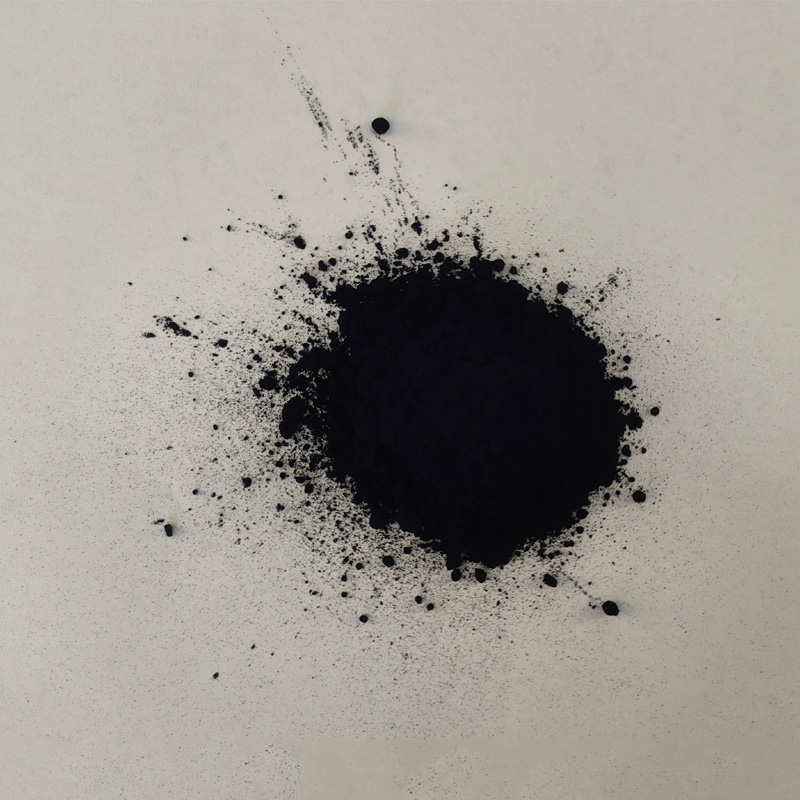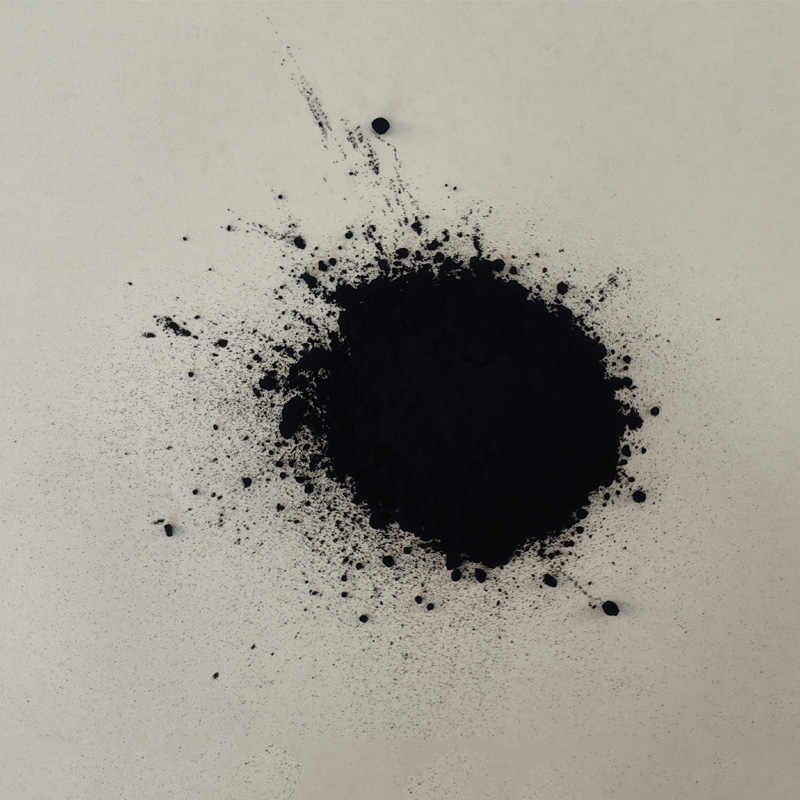Exploring the Beauty of Natural Indigo and Its Rich Blue Tones in Art and Textiles
The Allure of Natural Indigo A Journey Through Tradition and Sustainability
In a world increasingly leaning towards sustainable practices and eco-friendly innovations, natural indigo emerges as a symbol of both tradition and modernity. This striking blue dye, derived from the Indigofera plant, is an integral part of many cultures, particularly in Asia, Africa, and South America. As fashion and textile industries gravitate towards environmentally conscious choices, natural indigo is making a spectacular comeback, attracting artisans, designers, and conscious consumers alike.
The Allure of Natural Indigo A Journey Through Tradition and Sustainability
The resurgence of natural indigo reflects a growing desire for authenticity and individual expression in contemporary fashion. As consumers become more aware of the provenance of their garments, they are drawn to textiles that tell a story. Each piece dyed with natural indigo carries the unique characteristics of the soil, weather, and traditional methods used in its creation, making it a cherished item rather than merely a commodity. Furthermore, natural indigo has a timeless quality that resonates deeply with the principles of slow fashion—a movement that emphasizes sustainability, quality, and the ethical production of garments.
natural indigo with blue service

One of the most compelling aspects of natural indigo is its versatility. From traditional textiles in West African garments to contemporary high-fashion pieces, indigo can be used across various applications. Its rich shades and unique properties allow it to blend seamlessly with modern designs while still honoring the craftsmanship of ancestral techniques. Nowadays, designers globally are experimenting with natural indigo, creating innovative patterns and styles that celebrate both heritage and contemporary aesthetics.
Moreover, the production of natural indigo supports local economies and promotes cultural heritage. Many communities that engage in indigo dyeing are often composed of artisans who have inherited these skills through generations. By purchasing natural indigo products, consumers contribute to the economic viability of these communities, fostering pride in their traditions and ensuring that these skills are passed down to future generations.
The dialogue around sustainability in fashion is also linked to the environmental impact of the dyeing process. Synthetic dyes are notorious for their pollution; their production can contaminate waterways and disrupt local ecosystems. In contrast, cultivating indigo and using traditional dyeing techniques can enhance biodiversity and promote soil health. By prioritizing natural indigo, we can collectively reduce the environmental footprint of our clothing choices.
To summarize, natural indigo stands at the intersection of tradition and modernity, embodying a rich history while addressing contemporary concerns for sustainability and ethical production. It serves as a reminder of the beauty that can be found in nature and the significance of preserving our cultural heritage. As we move forward, embracing natural indigo not only enriches our wardrobes but also aligns us with a more sustainable and conscious way of engaging with the world around us. The deep, resonant blues of natural indigo have the power to connect us to our past while guiding us toward a more sustainable future.
-
The Timeless Art of Denim Indigo Dye
NewsJul.01,2025
-
The Rise of Sulfur Dyed Denim
NewsJul.01,2025
-
The Rich Revival of the Best Indigo Dye
NewsJul.01,2025
-
The Enduring Strength of Sulphur Black
NewsJul.01,2025
-
The Ancient Art of Chinese Indigo Dye
NewsJul.01,2025
-
Industry Power of Indigo
NewsJul.01,2025
-
Black Sulfur is Leading the Next Wave
NewsJul.01,2025

Sulphur Black
1.Name: sulphur black; Sulfur Black; Sulphur Black 1;
2.Structure formula:
3.Molecule formula: C6H4N2O5
4.CAS No.: 1326-82-5
5.HS code: 32041911
6.Product specification:Appearance:black phosphorus flakes; black liquid

Bromo Indigo; Vat Bromo-Indigo; C.I.Vat Blue 5
1.Name: Bromo indigo; Vat bromo-indigo; C.I.Vat blue 5;
2.Structure formula:
3.Molecule formula: C16H6Br4N2O2
4.CAS No.: 2475-31-2
5.HS code: 3204151000 6.Major usage and instruction: Be mainly used to dye cotton fabrics.

Indigo Blue Vat Blue
1.Name: indigo blue,vat blue 1,
2.Structure formula:
3.Molecule formula: C16H10N2O2
4.. CAS No.: 482-89-3
5.Molecule weight: 262.62
6.HS code: 3204151000
7.Major usage and instruction: Be mainly used to dye cotton fabrics.

